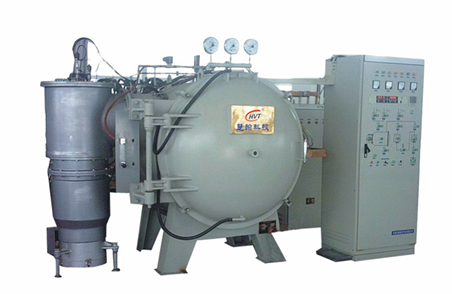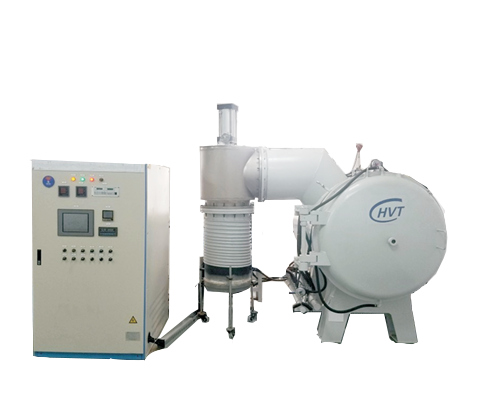Essential Strategies for Industrial Furnace Care and Longevity
Industrial furnaces represent significant investments in any manufacturing or processing facility. These critical pieces of equipment require meticulous industrial furnace maintenance to ensure consistent performance, energy efficiency, and long-term reliability. Understanding proper maintenance protocols not only extends equipment life but also optimizes production output while minimizing costly downtime.
Modern industrial furnaces are sophisticated systems comprising multiple components that must work in perfect harmony. From refractory materials to heating elements, each part demands specific attention and care. Implementing a comprehensive maintenance strategy helps prevent unexpected failures, reduces operating costs, and ensures compliance with safety regulations.
Fundamental Components of Industrial Furnace Systems
Heating Elements and Control Systems
The heart of any industrial furnace lies in its heating elements and control systems. These components require regular inspection and calibration to maintain precise temperature control. Advanced furnaces utilize sophisticated electronic controls that monitor and adjust heating parameters automatically. Regular industrial furnace maintenance of these systems includes checking thermocouple accuracy, verifying control panel functionality, and ensuring proper electrical connections.
Control system maintenance extends beyond basic inspections. Technicians must regularly test safety interlocks, verify temperature uniformity, and assess the condition of power supplies. Modern systems often include data logging capabilities that help track performance trends and identify potential issues before they become critical problems.
Refractory Materials and Insulation
Refractory materials form the protective barrier that contains heat within the furnace while protecting the outer structure. These materials face extreme conditions and gradually degrade over time. Regular inspection for cracks, spalling, or erosion is crucial. Early detection of refractory damage prevents heat loss and maintains energy efficiency.
Proper insulation maintenance involves checking for hot spots using thermal imaging, addressing any compromised areas, and ensuring proper sealing around doors and access points. Deteriorating insulation can significantly impact energy consumption and create unsafe working conditions.
Preventive Maintenance Schedules and Protocols
Daily and Weekly Checks
Establishing routine industrial furnace maintenance checks creates a foundation for reliable operation. Daily inspections should include visual assessments of heating elements, monitoring of temperature readings, and verification of safety systems. Operators should document any unusual sounds, smells, or operational irregularities.
Weekly maintenance tasks involve more detailed examinations of seals, gaskets, and door mechanisms. This includes cleaning of sensors, inspection of electrical connections, and verification of ventilation systems. Regular documentation of these checks helps identify patterns and predict potential issues.
Monthly and Quarterly Maintenance Procedures
More comprehensive maintenance activities occur on monthly and quarterly schedules. These include thorough cleaning of all accessible components, calibration of instruments, and detailed inspection of refractory materials. Technicians should test all safety systems, verify proper combustion parameters, and assess the condition of mechanical components.
Quarterly maintenance might involve specialized testing procedures, such as thermography surveys or energy efficiency assessments. These detailed evaluations help optimize performance and identify areas requiring attention before they develop into serious problems.
Advanced Diagnostic Techniques and Tools
Temperature Profiling and Uniformity Testing
Modern industrial furnace maintenance incorporates sophisticated diagnostic tools to ensure optimal performance. Temperature profiling equipment helps verify uniform heat distribution throughout the furnace chamber. Regular uniformity testing identifies cold spots or areas of excessive heat that could affect product quality.
Advanced data logging systems track historical performance metrics, enabling predictive maintenance strategies. This data-driven approach helps optimize maintenance schedules and reduce unexpected downtime. Analyzing temperature profiles over time can reveal gradual degradation of heating elements or insulation before failure occurs.

Energy Efficiency Monitoring
Energy consumption represents a significant operating cost for industrial furnaces. Regular monitoring and analysis of energy usage patterns help identify opportunities for efficiency improvements. This includes checking for heat losses, optimizing heating cycles, and evaluating the effectiveness of insulation systems.
Modern monitoring systems can provide real-time energy consumption data, enabling immediate response to efficiency issues. Regular analysis of this data forms an essential part of comprehensive industrial furnace maintenance programs.
Safety Protocols and Compliance Requirements
Regular Safety Inspections
Safety remains paramount in industrial furnace operation and maintenance. Regular safety inspections must verify the functionality of all emergency systems, including emergency shutoffs, ventilation controls, and warning devices. Proper documentation of these inspections helps maintain compliance with regulatory requirements.
Maintenance teams must stay current with safety regulations and industry standards. This includes regular updates to safety protocols, proper training for maintenance personnel, and maintaining detailed records of all safety-related maintenance activities.
Environmental Compliance and Emissions Control
Modern industrial furnace maintenance must address environmental compliance requirements. This includes regular monitoring of emissions, verification of pollution control systems, and proper disposal of maintenance-related waste materials. Staying compliant with environmental regulations requires ongoing attention to changing requirements and standards.
Regular testing and maintenance of emissions control equipment helps prevent violations and ensures sustainable operation. This includes checking filtration systems, monitoring exhaust parameters, and maintaining accurate records of all environmental compliance activities.
Frequently Asked Questions
What signs indicate the need for immediate furnace maintenance?
Key indicators include unexpected temperature fluctuations, unusual noises or vibrations, increased energy consumption, visible damage to refractory materials, or inconsistent product quality. Any safety system warnings or alarms should trigger immediate maintenance attention.
How often should industrial furnaces undergo complete maintenance inspections?
While daily and weekly checks are essential, comprehensive maintenance inspections should occur quarterly, with more detailed assessments annually. However, specific schedules may vary based on usage patterns, operating conditions, and manufacturer recommendations.
What role does preventive maintenance play in energy efficiency?
Regular industrial furnace maintenance significantly impacts energy efficiency by ensuring optimal insulation, proper sealing, efficient heating element operation, and accurate temperature control. Well-maintained furnaces typically consume 10-15% less energy than poorly maintained units.
How can facilities optimize their maintenance programs?
Optimization involves implementing data-driven maintenance schedules, utilizing advanced diagnostic tools, maintaining detailed documentation, ensuring proper staff training, and regularly reviewing and updating maintenance procedures based on equipment performance and changing operational needs.


